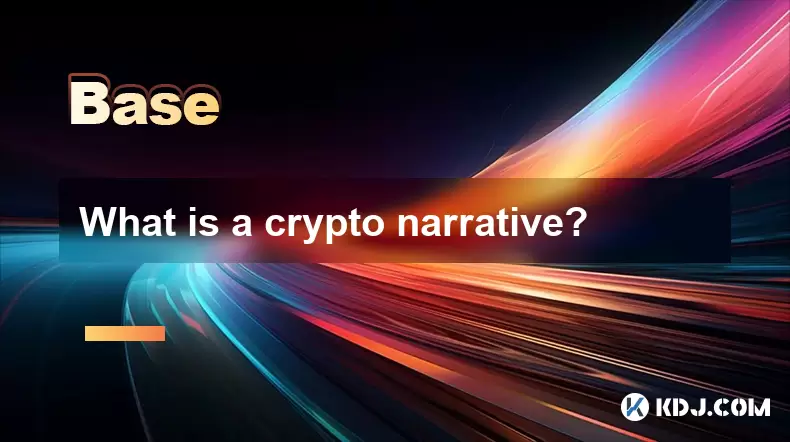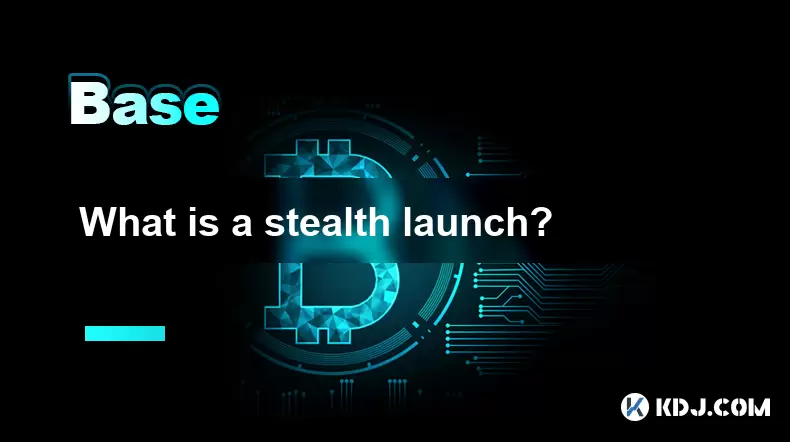-
 Bitcoin
Bitcoin $108,936.1991
0.79% -
 Ethereum
Ethereum $2,610.1463
2.88% -
 Tether USDt
Tether USDt $1.0002
0.01% -
 XRP
XRP $2.3045
1.42% -
 BNB
BNB $659.6418
-0.09% -
 Solana
Solana $151.1513
2.02% -
 USDC
USDC $0.9999
0.00% -
 TRON
TRON $0.2877
0.47% -
 Dogecoin
Dogecoin $0.1710
2.39% -
 Cardano
Cardano $0.5883
1.99% -
 Hyperliquid
Hyperliquid $38.6564
0.61% -
 Sui
Sui $2.8985
1.90% -
 Bitcoin Cash
Bitcoin Cash $499.9425
1.43% -
 Chainlink
Chainlink $13.9075
4.30% -
 UNUS SED LEO
UNUS SED LEO $9.0803
0.34% -
 Stellar
Stellar $0.2576
3.78% -
 Avalanche
Avalanche $18.3380
2.50% -
 Shiba Inu
Shiba Inu $0.0...01184
2.62% -
 Toncoin
Toncoin $2.8048
2.33% -
 Hedera
Hedera $0.1613
2.58% -
 Litecoin
Litecoin $87.6695
2.03% -
 Monero
Monero $316.9066
0.71% -
 Polkadot
Polkadot $3.4548
3.04% -
 Dai
Dai $1.0001
0.01% -
 Ethena USDe
Ethena USDe $1.0006
0.05% -
 Bitget Token
Bitget Token $4.3380
0.88% -
 Uniswap
Uniswap $7.6055
3.98% -
 Aave
Aave $292.3123
4.30% -
 Pepe
Pepe $0.0...01016
3.60% -
 Pi
Pi $0.4592
0.43%
What is a light client?
2025/07/08 14:00

Understanding the Concept of a Light Client
A light client, also known as a lightweight client, is a type of software used in blockchain networks that allows users to interact with the blockchain without downloading and verifying the entire blockchain. Unlike full nodes, which store all transaction data and validate every block independently, light clients rely on simplified payment verification (SPV) to confirm transactions.
The main purpose of a light client is to provide faster access to the blockchain while using fewer resources such as storage space and bandwidth. This makes it ideal for mobile devices or computers with limited capabilities. By only downloading block headers instead of full blocks, a light client can verify transactions efficiently.
How a Light Client Operates
To understand how a light client works, it's essential to grasp the concept of SPV. In this model, the client does not process the entire contents of each block. Instead, it downloads only the block headers, which contain metadata about each block, including a hash of the previous block, a timestamp, and a Merkle root.
- The light client connects to full nodes on the network.
- It requests the latest block headers to build a chain of hashes.
- When a user wants to verify a specific transaction, the light client asks for a Merkle proof from the full node.
- Using the Merkle root from the block header, the light client confirms whether the transaction is included in that block.
This method ensures that the light client can trustlessly verify transactions without having to download gigabytes of data.
Differences Between Light Clients and Full Nodes
There are significant differences between a light client and a full node. A full node downloads and validates every transaction and block on the blockchain. It plays a crucial role in maintaining the network’s integrity by enforcing consensus rules.
On the other hand, a light client does not enforce these rules directly. It assumes that the majority of miners are honest and that the longest chain represents the valid state of the network. While this assumption reduces the workload on the device, it also introduces some level of trust in the network.
- Full nodes contribute to decentralization and security.
- Light clients prioritize convenience and accessibility.
- Full nodes require more disk space and bandwidth.
- Light clients operate efficiently on low-end hardware.
These distinctions make each type suitable for different use cases within the cryptocurrency ecosystem.
Use Cases for Light Clients
The flexibility of a light client makes it highly applicable in various scenarios:
- Mobile wallets: Most mobile cryptocurrency wallets use light clients to enable quick and efficient transaction verification without requiring users to sync the entire blockchain.
- IoT devices: Devices with limited processing power benefit from the lightweight nature of light clients when interacting with decentralized applications.
- Quick transaction checks: Merchants or service providers who need to verify incoming payments rapidly often rely on light clients to ensure efficiency.
In each of these situations, the light client strikes a balance between speed and functionality, making it a practical solution for everyday blockchain interaction.
Security Considerations for Light Clients
While light clients offer many advantages, they also come with certain security trade-offs. Since they do not validate every transaction themselves, there is a risk of receiving incorrect information from malicious full nodes.
Some potential risks include:
- Accepting invalid transactions if connected to dishonest nodes.
- Being vulnerable to denial-of-service attacks if the connected nodes go offline.
- Reduced privacy since the light client must query external nodes for information.
To mitigate these risks, developers often implement additional layers of security, such as connecting to multiple nodes simultaneously or using trusted checkpoints to verify the blockchain's state.
Implementing a Light Client: Step-by-Step Guide
Setting up a light client involves several technical steps, especially for developers looking to integrate it into an application:
- Choose a compatible blockchain protocol that supports light client functionality.
- Select or develop a library that implements the SPV protocol for that specific blockchain.
- Establish a connection to full nodes using the appropriate peer-to-peer protocol.
- Request and validate block headers to construct the blockchain’s history.
- Implement logic to request Merkle proofs for specific transactions.
- Handle network errors gracefully and maintain stable connections to reliable nodes.
- Ensure secure communication through encryption and authentication mechanisms.
Each step requires careful implementation to ensure the light client functions correctly and securely within the network.
Frequently Asked Questions
What types of devices are best suited for running a light client?
Devices with limited storage, memory, or bandwidth—such as smartphones, tablets, or embedded systems—are ideal candidates for running a light client due to their reduced resource requirements.
Can a light client send transactions to the blockchain?
Yes, a light client can broadcast transactions to the network. However, it cannot fully verify the validity of those transactions before broadcasting, relying instead on full nodes to validate them later.
Is it possible to switch from a light client to a full node?
Yes, depending on the software being used, users can typically upgrade from a light client to a full node by downloading and validating the complete blockchain history.
Do all cryptocurrencies support light clients?
Not all cryptocurrencies natively support light clients, but many popular ones like Bitcoin and Ethereum have implementations that allow for lightweight verification methods.
免责声明:info@kdj.com
所提供的信息并非交易建议。根据本文提供的信息进行的任何投资,kdj.com不承担任何责任。加密货币具有高波动性,强烈建议您深入研究后,谨慎投资!
如您认为本网站上使用的内容侵犯了您的版权,请立即联系我们(info@kdj.com),我们将及时删除。
- 乐观的价格预测:看涨反弹的破裂阻力吗?
- 2025-07-09 06:30:12
- 保加利亚国家银行和欧元硬币:铸造未来
- 2025-07-09 06:30:12
- 加密货币将于2025年爆炸:揭示最大的回报电位
- 2025-07-09 05:30:12
- 无形的女人在《垄断》中偷走了节目:声称您的令牌!
- 2025-07-09 05:30:12
- Pepeto vs. Pepe vs. Shib:2025年的Memecoin Throwdown
- 2025-07-09 05:50:12
- 迪拜,RWA和区块链:创新三级
- 2025-07-09 05:55:12
相关百科

What is a user-generated content (UGC) NFT platform?
2025-07-04 13:49:21
<h3>Understanding the Concept of a UGC NFT Platform</h3><p>A user-generated content (UGC) NFT platform is a digital marketplace or e...

What is composability in DeFi?
2025-07-06 16:07:28
<h3>Understanding the Concept of Composability in DeFi</h3><p>Composability in DeFi refers to the ability of decentralized finance p...

What is a "crypto primitive"?
2025-07-05 22:14:34
<h3>Defining the Concept of a Crypto Primitive</h3><p>In the context of blockchain and cryptocurrency, a crypto primitive refers to ...

What is a crypto narrative?
2025-07-07 22:56:30
<h3>Defining the Concept of a Crypto Narrative</h3><p>A crypto narrative refers to the overarching story or theme that drives intere...

What is a stealth launch?
2025-07-08 06:42:39
<h3>What Exactly Defines a Stealth Launch in Cryptocurrency?</h3><p>A stealth launch refers to the practice of launching a cryptocur...

What is a fair launch?
2025-07-05 19:31:58
<h3>Understanding the Concept of a Fair Launch</h3><p>A fair launch refers to the release of a cryptocurrency or blockchain project ...

What is a user-generated content (UGC) NFT platform?
2025-07-04 13:49:21
<h3>Understanding the Concept of a UGC NFT Platform</h3><p>A user-generated content (UGC) NFT platform is a digital marketplace or e...

What is composability in DeFi?
2025-07-06 16:07:28
<h3>Understanding the Concept of Composability in DeFi</h3><p>Composability in DeFi refers to the ability of decentralized finance p...

What is a "crypto primitive"?
2025-07-05 22:14:34
<h3>Defining the Concept of a Crypto Primitive</h3><p>In the context of blockchain and cryptocurrency, a crypto primitive refers to ...

What is a crypto narrative?
2025-07-07 22:56:30
<h3>Defining the Concept of a Crypto Narrative</h3><p>A crypto narrative refers to the overarching story or theme that drives intere...

What is a stealth launch?
2025-07-08 06:42:39
<h3>What Exactly Defines a Stealth Launch in Cryptocurrency?</h3><p>A stealth launch refers to the practice of launching a cryptocur...

What is a fair launch?
2025-07-05 19:31:58
<h3>Understanding the Concept of a Fair Launch</h3><p>A fair launch refers to the release of a cryptocurrency or blockchain project ...
查看所有文章

























































































